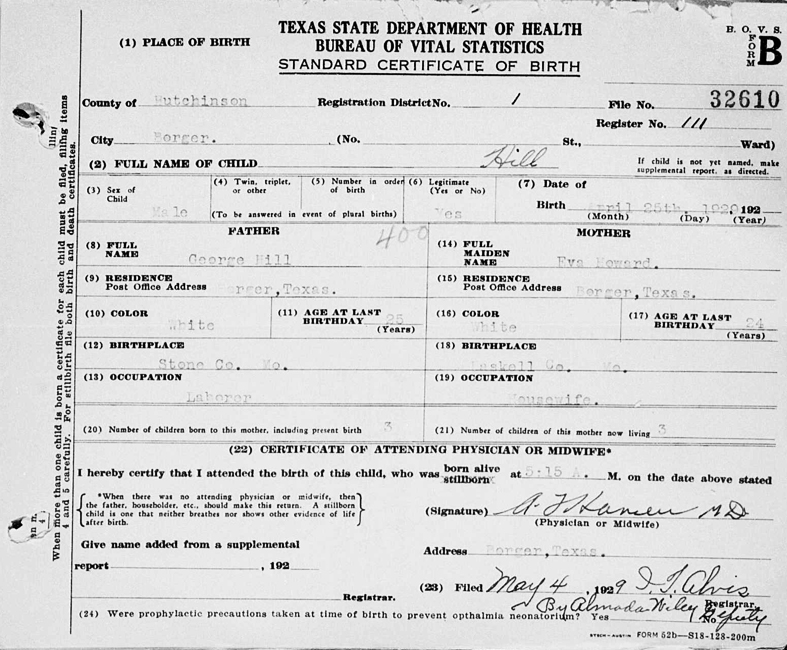Injection given to mother after birth
Oxytocin injected into a vein or muscle for reducing blood loss after vaginal birth
We set out to look for evidence from randomised controlled trials on the effectiveness and safety of oxytocin injected into a vein, compared with injection into muscle, to prevent excessive bleeding immediately after vaginal birth.
What is the issue?
Most maternal deaths occur within the first 24 hours after delivery. Up to one-fourth of them are caused by excessive bleeding (called postpartum haemorrhage). In low-income countries, drugs to prevent or treat postpartum haemorrhage (uterotonics) are not always available. Oxytocin is one such drug. Oxytocin prevents excessive postpartum bleeding by helping the uterus to contract. It is given to the mother by injection into a vein or into muscle during or immediately after the birth of her baby.
Why is this important?
Blood loss after the birth of the baby depends on how quickly the placenta separates from the uterus and how well the uterus contracts to close the blood vessels that carried blood to the placenta.
Oxytocin given directly into a vein has an almost immediate effect which lasts for a relatively short time. When injected into muscle, oxytocin takes a few minutes to act, but the effect is longer-lasting. Giving injections into a vein requires special skills and sterile equipment that may not always be available. In contrast, injection into muscle is quick and requires relatively less skill.
Oxytocin injected into a vein may sometimes cause serious side effects, such as a sudden drop in blood pressure, especially when given rapidly in a small amount of solution (undiluted).
What evidence did we find?
We searched for evidence from randomised controlled trials on 19 December 2019 and identified seven studies (involving 7817 women). The studies compared oxytocin injected into a vein with injection into muscle during or immediately after the vaginal birth of the baby. All studies were conducted in hospitals and mostly recruited women giving birth vaginally to one baby at term. In all but two studies, both women and hospital staff were aware of how the oxytocin was given. This may have had an impact on results. Overall, the included studies were at moderate or low risk of bias, and the certainty of the generated evidence was generally moderate to high.
In all but two studies, both women and hospital staff were aware of how the oxytocin was given. This may have had an impact on results. Overall, the included studies were at moderate or low risk of bias, and the certainty of the generated evidence was generally moderate to high.
We found that women receiving oxytocin through a vein were at lower risk for blood loss of 500 mL or more (six trials; 7731 women) and blood transfusion (four trials; 6684 women) compared with women receiving oxytocin into muscle. There was high-certainty evidence for both of these outcomes. The administration of oxytocin through a vein probably reduced the risk for severe blood loss of 1000 mL or more, compared with oxytocin into muscle (four trials; 6681 women; moderate-certainty evidence). The two highest-quality studies (1512 women) found that oxytocin injection into a vein reduced the risk for blood loss of 1000 mL or more, compared with oxytocin injection into muscle. Although the two ways of giving oxytocin may have been similar in terms of women requiring additional medications to contract the uterus, we have little confidence in these results (six trials; 7327 women; low-certainty evidence).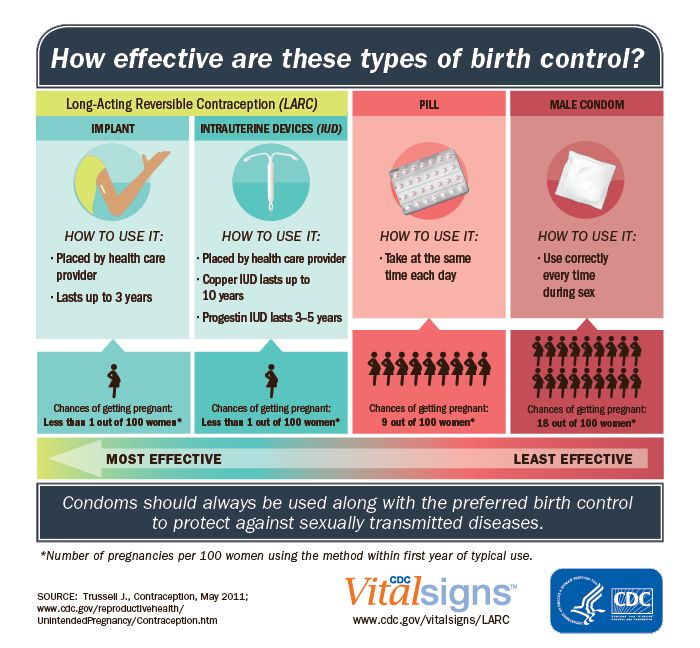 Both routes of oxytocin appear safe with probably same number of women experiencing side effects, including low blood pressure (four trials; 6468 women; moderate-certainty evidence). Probably fewer women receiving oxytocin through a vein experienced serious complications related to excessive bleeding, such as admission to intensive care, loss of consciousness, or organ failure (four trials; 7028 women; moderate-certainty evidence). No mother died in any of the included studies.
Both routes of oxytocin appear safe with probably same number of women experiencing side effects, including low blood pressure (four trials; 6468 women; moderate-certainty evidence). Probably fewer women receiving oxytocin through a vein experienced serious complications related to excessive bleeding, such as admission to intensive care, loss of consciousness, or organ failure (four trials; 7028 women; moderate-certainty evidence). No mother died in any of the included studies.
The studies did not report on women's and health personnel's satisfaction with either route of oxytocin administration.
What does this mean?
Oxytocin is more effective when given through a vein than oxytocin injected into muscle for preventing excessive bleeding soon after vaginal birth. Giving oxytocin into a vein did not cause additional safety concerns and had similar side effects compared with oxytocin injected into muscle. Future studies need to consider the acceptability of the two different ways of giving oxytocin to women and healthcare providers as important study outcomes. It is also important to investigate whether the benefits of giving oxytocin into a vein outweigh the higher cost.
It is also important to investigate whether the benefits of giving oxytocin into a vein outweigh the higher cost.
Authors' conclusions:
Intravenous administration of oxytocin is more effective than its intramuscular administration in preventing PPH during vaginal birth. Intravenous oxytocin administration presents no evidence of additional safety concerns and has a comparable side effects profile with its intramuscular administration. Future studies should consider the acceptability, feasibility and resource use for the intervention, especially in low-resource settings.
Read the full abstract...
Background:
There is general agreement that oxytocin given either through the intravenous or intramuscular route is effective in reducing postpartum blood loss. However, it is unclear whether the subtle differences between the mode of action of these routes have any effect on maternal and infant outcomes. This review was first published in 2012 and last updated in 2018.
Objectives:
To determine the comparative effectiveness and safety of oxytocin administered intravenously or intramuscularly for prophylactic management of the third stage of labour after vaginal birth.
Search strategy:
We searched Cochrane Pregnancy and Childbirth’s Trials Register, ClinicalTrials.gov, the WHO International Clinical Trials Registry Platform (ICTRP) (19 December 2019), and reference lists of retrieved studies.
Selection criteria:
Eligible studies were randomised trials comparing intravenous with intramuscular oxytocin for prophylactic management of the third stage of labour after vaginal birth. We excluded quasi-randomised trials.
Data collection and analysis:
Two review authors independently assessed studies for inclusion and risk of bias, extracted data and checked them for accuracy. We assessed the certainty of the evidence with the GRADE approach.
Main results:
Seven trials, involving 7817 women, met the inclusion criteria for this review. The trials compared intravenous versus intramuscular administration of oxytocin just after the birth of the anterior shoulder or soon after the birth of the baby. All trials were conducted in hospital settings, mainly in middle- and high-income countries, and included women with term pregnancies, undergoing a vaginal birth. Overall, the included studies were at moderate or low risk of bias, with two trials providing clear information on allocation concealment and blinding.
The trials compared intravenous versus intramuscular administration of oxytocin just after the birth of the anterior shoulder or soon after the birth of the baby. All trials were conducted in hospital settings, mainly in middle- and high-income countries, and included women with term pregnancies, undergoing a vaginal birth. Overall, the included studies were at moderate or low risk of bias, with two trials providing clear information on allocation concealment and blinding.
High-certainty evidence suggests that intravenous administration of oxytocin in the third stage of labour compared with intramuscular administration carries a lower risk for postpartum haemorrhage (PPH) ≥ 500 mL (average risk ratio (RR) 0.78, 95% confidence interval (CI) 0.66 to 0.92; six trials; 7731 women) and blood transfusion (average RR 0.44, 95% CI 0.26 to 0.77; four trials; 6684 women). Intravenous administration of oxytocin probably reduces the risk of PPH ≥ 1000 mL, although the 95% CI crosses the line of no-effect (average RR 0. 65, 95% CI 0.39 to 1.08; four trials; 6681 women; moderate-certainty evidence). In all studies but one, there was a reduction in the risk of PPH ≥ 1000 mL with intravenous oxytocin. The study that found a large increase with intravenous administration was small (256 women), and contributed only 3% of total events. Once this small study was removed from the meta-analysis, heterogeneity was eliminated and the treatment effect favoured intravenous oxytocin (average RR 0.61, 95% CI 0.42 to 0.88; three trials; 6425 women; high-certainty evidence). Additionally, a sensitivity analysis, exploring the effect of risk of bias by restricting analysis to those studies rated as 'low risk of bias' for random sequence generation and allocation concealment, found that the prophylactic administration of intravenous oxytocin reduces the risk for PPH ≥ 1000 mL, compared with intramuscular oxytocin (average RR 0.64, 95% CI 0.43 to 0.94; two trials; 1512 women). There may be little to no difference between the two routes of oxytocin administration in terms of additional uterotonic use (average RR 0.
65, 95% CI 0.39 to 1.08; four trials; 6681 women; moderate-certainty evidence). In all studies but one, there was a reduction in the risk of PPH ≥ 1000 mL with intravenous oxytocin. The study that found a large increase with intravenous administration was small (256 women), and contributed only 3% of total events. Once this small study was removed from the meta-analysis, heterogeneity was eliminated and the treatment effect favoured intravenous oxytocin (average RR 0.61, 95% CI 0.42 to 0.88; three trials; 6425 women; high-certainty evidence). Additionally, a sensitivity analysis, exploring the effect of risk of bias by restricting analysis to those studies rated as 'low risk of bias' for random sequence generation and allocation concealment, found that the prophylactic administration of intravenous oxytocin reduces the risk for PPH ≥ 1000 mL, compared with intramuscular oxytocin (average RR 0.64, 95% CI 0.43 to 0.94; two trials; 1512 women). There may be little to no difference between the two routes of oxytocin administration in terms of additional uterotonic use (average RR 0. 78, 95% CI 0.49 to 1.25; six trials; 7327 women; low-certainty evidence). Although intravenous compared with intramuscular administration of oxytocin probably results in a lower risk for serious maternal morbidity (e.g. hysterectomy, organ failure, coma, intensive care unit admissions), the size of the effect is uncertain as the confidence interval is wide, including a substantial reduction, but also touches the line of no‐effect (average RR 0.47, 95% CI 0.22 to 1.00; four trials; 7028 women; moderate‐certainty evidence). Most events occurred in one study from Ireland reporting high dependency unit admissions, whereas in the remaining three studies there was only one case of uvular oedema. There were no maternal deaths reported in any of the included studies (very low-certainty evidence).
78, 95% CI 0.49 to 1.25; six trials; 7327 women; low-certainty evidence). Although intravenous compared with intramuscular administration of oxytocin probably results in a lower risk for serious maternal morbidity (e.g. hysterectomy, organ failure, coma, intensive care unit admissions), the size of the effect is uncertain as the confidence interval is wide, including a substantial reduction, but also touches the line of no‐effect (average RR 0.47, 95% CI 0.22 to 1.00; four trials; 7028 women; moderate‐certainty evidence). Most events occurred in one study from Ireland reporting high dependency unit admissions, whereas in the remaining three studies there was only one case of uvular oedema. There were no maternal deaths reported in any of the included studies (very low-certainty evidence).
There is probably little or no difference in the risk of hypotension between intravenous and intramuscular administration of oxytocin (RR 1.01, 95% CI 0.88 to 1.15; four trials; 6468 women; moderate-certainty evidence).
Subgroup analyses based on the mode of administration of intravenous oxytocin (bolus injection or infusion) versus intramuscular oxytocin did not show any evidence of substantial differences on the primary outcomes. Similarly, additional subgroup analyses based on whether oxytocin was used alone or as part of active management of the third stage of labour (AMTSL) did not show any evidence of substantial differences between the two routes of administration.
Health topics:
Pregnancy & childbirth > Care during childbirth > Normal labour & birth
Anti-D administration after childbirth for preventing Rhesus alloimmunisation
Immunisation of Rhesus negative women with anti-D after the birth of a Rhesus positive infant reduces the chances of developing Rhesus antibodies.
Mothers and babies may have incompatible blood characteristics (such as Rhesus positive babies and Rhesus negative mothers). After the birth of a Rhesus positive infant, Rhesus negative women are given an injection of anti-D, which aims to prevent the women forming antibodies that would attack the red cells of a Rhesus positive baby in a future pregnancy. Such antibodies may make the baby anaemic and if severe enough can cause the baby to die. This review of six trials, involving over 10,000 women, found that anti-D given to Rhesus negative women within 72 hours of giving birth to a Rhesus positive infant decreased the likelihood of the women developing Rhesus antibodies within six months of the birth and in their next pregnancy.
Such antibodies may make the baby anaemic and if severe enough can cause the baby to die. This review of six trials, involving over 10,000 women, found that anti-D given to Rhesus negative women within 72 hours of giving birth to a Rhesus positive infant decreased the likelihood of the women developing Rhesus antibodies within six months of the birth and in their next pregnancy.
Authors' conclusions:
Anti-D, given within 72 hours after childbirth, reduces the risk of RhD alloimmunisation in Rhesus negative women who have given birth to a Rhesus positive infant. However the evidence on the optimal dose is limited.
Read the full abstract...
Background:
The development of Rhesus immunisation and its prophylactic use since the 1970s has meant that severe Rhesus D (RhD) alloimmunisation is now rarely seen.
Objectives:
The objective of this systematic review was to assess the effects of giving anti-D to Rhesus negative women, with no anti-D antibodies, who had given birth to a Rhesus positive infant.
Search strategy:
We searched the Cochrane Pregnancy and Childbirth Group's Trials Register (March 2010) and reference lists of relevant articles.
Selection criteria:
Randomised trials in Rhesus negative women without antibodies who were given anti-D immunoglobulin postpartum compared with no treatment or placebo.
Data collection and analysis:
Assessments of inclusion criteria, trial quality and data extraction were done by each author independently. Initial analyses included all trials. Other analyses assessed the effect of trial quality, ABO compatibility and dose.
Main results:
Six eligible trials compared postpartum anti-D prophylaxis with no treatment or placebo. The trials involved over 10,000 women, but trial quality varied. Anti-D lowered the incidence of RhD alloimmunisation six months after birth (risk ratio (RR) 0.04, 95% confidence interval (CI) 0.02 to 0.06), and in a subsequent pregnancy (RR 0.12, 95% CI 0.07 to 0.23). These benefits were seen regardless of the ABO status of the mother and baby, when anti-D was given within 72 hours of birth. Higher doses (up to 200 micrograms) were more effective than lower doses (up to 50 micrograms) in preventing RhD alloimmunisation in a subsequent pregnancy.
Higher doses (up to 200 micrograms) were more effective than lower doses (up to 50 micrograms) in preventing RhD alloimmunisation in a subsequent pregnancy.
Health topics:
Pregnancy & childbirth > Blood group incompatibilities
Why does my newborn need a BCG vaccine? Why? Does my newborn need a BCG vaccine?
Expensive moms! Of course, you know that the problem of tuberculosis is not yet completely solved in our society: the incidence of adults and children in some regions of the country is of concern. nine0005
Smolensk one of the most disadvantaged cities in terms of incidence of tuberculosis. The incidence of tuberculosis in Smolensk region is higher than the average for Russia. Anxious the trend of the past year is that children and teenagers. Therefore, a person coming into the world - your child - immediately after birth, it is necessary to protect against this infection.
Necessary vaccinate BCG in the first days of a child's life, because only BCG vaccine guarantees your baby active prevention of tuberculosis. Efficiency BCG vaccines have been tested and proven by time. nine0005
We We wish you and your children health and hope that you will do everything possible so that no one in your family and around the child gets sick tuberculosis.
If you will have questions about tuberculosis if someone in your environment becomes ill with this infectious disease, contact to the phthisiatricians of the Smolensk TB Clinical dispensary (address: Smolensk, Communal street 10), as well as our pediatric service is always there for you. So don't delay with a question or with a problem that has arisen: come to the appointment to the phthisiatrician! nine0005
Several words about tuberculosis
Tuberculosis - It is an infectious disease that a person can contract at any time age. Causes her microbe, which scientists and doctors call mycobacterium tuberculosis. He does not choose people according to social origin, level of education or wealth.
Causes her microbe, which scientists and doctors call mycobacterium tuberculosis. He does not choose people according to social origin, level of education or wealth.
Mycobacterium Tuberculosis is transmitted from person to person by droplets way. nine0005
Infection people comes from an already sick person when he sneezes, coughs, conversation. A patient with tuberculosis sometimes does not know about his illness and infects people in the environment: in an apartment, entrance, transport, on work. That is, where he lives, works, actively communicates with people.
Mycobacteria Tuberculosis can be transmitted to humans in other ways: contact, fecal-oral. They usually affect the lymph nodes and lungs, less often - kidneys, eyes, skin. Only hair is not affected nails and teeth. nine0005
Tuberculosis in the 21st century, they learned to timely identify with the help of diagnostic tests, as well as other doctor's prescriptions.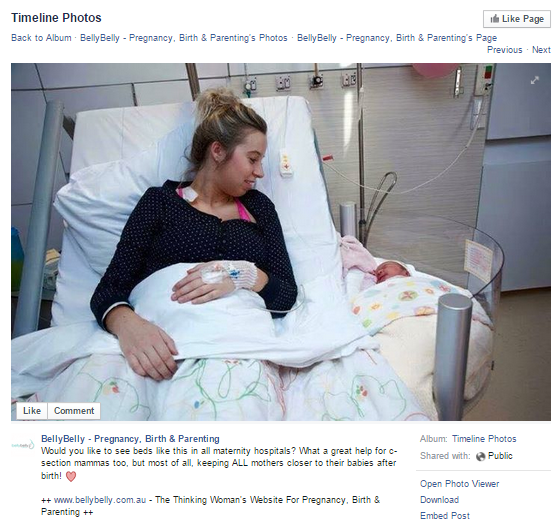 Timely identified tuberculosis is well treated.
Timely identified tuberculosis is well treated.
As prevent tuberculosis in a child, how to protect a baby from this infections. We will talk about BCG vaccination and the need to vaccinate her newborns.
| REMEMBER! BCG vaccination guarantees your child active prevention tuberculosis. nine0005 |
BCG It is the only TB vaccine in the world absolutely necessary for all newborns in our country. She is named after the first letters of the names of the scientists who discovered it. Bacillus Calmette- Guérin (BCG) - Bacillus Calmette and Guérin (BCG).
| REMEMBER! BCG is the TB vaccine you need baby for active prevention of tuberculosis. nine0005 |
Where, when and why is the BCG vaccine given?
Vaccination BCG – obligatory according to the Russian national calendar vaccinations - carried out for active prevention of newborns from tuberculosis in maternity hospitals and in vaccination rooms for children polyclinics (and throughout Russia).
Vaccines – BCG and BCG-M are produced in Russia. One dose of the vaccine contains 0.05 mg of the drug (BCG) and 0.025 mg of the drug (BCG-M). In Russia accumulated a lot of experience with the domestic vaccine, well-behaved proven in practice. The conditions for its storage are strict, since live vaccine. And they are respected in our medical institutions. nine0005
Vaccine BCG (BCG-M) contains a weakened strain (mycobacteria cell culture) and cannot cause tuberculosis infection. Once in the body, it activates the immune system of the newborn. As a result antibodies are produced against invading microbial cells, what causes long-term immunity to tuberculosis in a child, protects it from dangerous forms of infection (tuberculous meningitis or disseminated tuberculosis).
BCG (BCG-M) is administered to a newborn not earlier than on the third day after birth intradermally, in the area of the forearm in the absence of contraindications.
local the reaction to the BCG vaccine does not occur immediately: it is formed through 4-6 weeks after injection. Usually after vaccination BCG (BCG-M) at the injection site, a white papule is formed "lemon crust", which disappears after 15-20 minutes. In her place after 4-6 weeks, an infiltrate is formed up to 1 cm in diameter, then a crust. At the injection site in 90% of children stay scar, which confirms the fact of BCG vaccination (BCG-M).
Place the introduction of the BCG vaccine should not be lubricated with brilliant green or iodine, apply bandages on him.
Doctor the pediatrician monitors the local reaction to the introduction of BCG-M in the baby through 1, 2, 3 and 12 months and notes the result in the outpatient card.
| REMEMBER! BCG vaccination is mandatory according to the Russian national vaccination schedule. |
If the newborn had contraindications for BCG vaccination in the maternity at home, it is carried out immediately, as soon as the condition of the child allows it do. In the children's polyclinic, the child is vaccinated up to 2 months life without a skin diagnostic test - Mantoux test with 2 TU. After this age - when receiving a negative result Mantoux samples with 2 TU.
At negative Mantoux test with 2 TU BCG vaccination (BCG-M) is not carried out earlier than 3 days and no later than 2 weeks after it. nine0005
Positive Mantoux test with 2 TU in an unvaccinated child speaks of an already completed contact of the baby with mycobacterium tuberculosis. vaccination in this case is not carried out, but preventive treatment is prescribed.
children having contraindications for BCG vaccination in the neonatal period, Mantoux test with 2 TU is performed from the 6th month of life 2 times a year. A child not vaccinated with BCG before 6 months of age is important at 6 months conduct a Mantoux test with 2 TU. If the 2 TU Mantoux test is questionable or positive, consultation with a phthisiatrician is necessary. nine0005
A child not vaccinated with BCG before 6 months of age is important at 6 months conduct a Mantoux test with 2 TU. If the 2 TU Mantoux test is questionable or positive, consultation with a phthisiatrician is necessary. nine0005
Revaccination (second vaccination)
BCG Revaccination or second vaccination is carried out at the age of 7 years for children who have already received their first BCG vaccination at an early age.
second Vaccination is only given if the child is negative reaction to the Mantoux test, which indicates that the level tuberculosis immunity, formed after the first vaccinations are already drastically reduced. The second vaccination is done for him recovery. nine0005
| Expensive moms! Take care of the health of your newborn: a must vaccinate him with BCG (BCG-M)! |
epidemiological The tuberculosis situation in the country remains unsettled.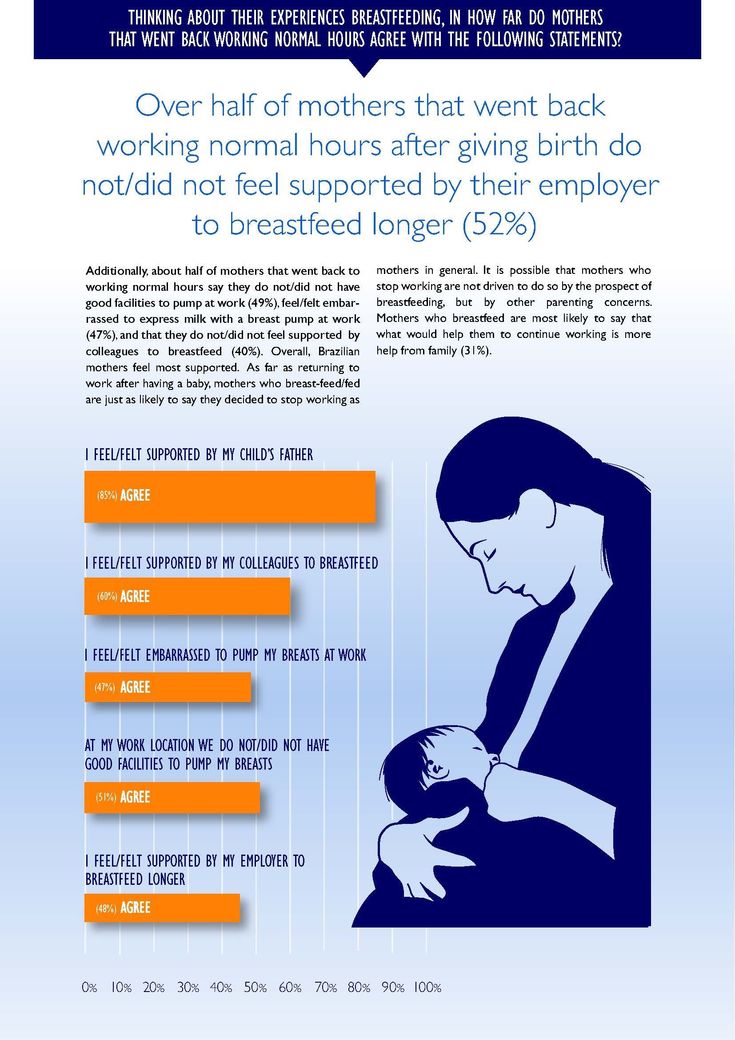 This infectious disease is still a problem for our society. Therefore, an unvaccinated BCG baby is more likely to get sick, if he gets tuberculosis. Even if he lives in a social prosperous family. Your baby's health depends a lot on you! nine0005
This infectious disease is still a problem for our society. Therefore, an unvaccinated BCG baby is more likely to get sick, if he gets tuberculosis. Even if he lives in a social prosperous family. Your baby's health depends a lot on you! nine0005
Prevention, diagnosis and treatment of tuberculosis in Smolensk, as in the whole Russia, FREE!
Responsible for the SPR E.S. Granchakova
Close
Pregnancy and Rh
All parents dream of having a healthy baby. Many risks associated with the health of the baby are now manageable. This means that some, even very serious and dangerous diseases are preventable, the main thing is not to waste time. For example, the situation associated with the development of hemolytic disease in the fetus and newborn. Many have heard that in the presence of Rh-negative blood in the mother, it is possible to develop an immunological conflict between the mother and the fetus in the Rh system, which later causes a severe hemolytic disease, from which the baby may already suffer in utero, but few can explain in detail what is it, and what to do if it directly concerns you. nine0005
nine0005
First, let's figure out what the Rh factor is.
Rh factor is a special complex of proteins (also called D-antigen) that is located on the surface of red blood cells. It can be determined by laboratory methods (blood test). Most people in the population have the D antigen. Such people are said to be Rh-positive. A minority of the population (about 15-18%) do not have D antigen in their blood cells; such people are called Rh-negative.
The Rh factor is inherited, and a child can inherit it from both mother and father. If the mother is Rh-negative and the father is Rh-positive, there is a high chance that the child will inherit the father's Rh-positive father. Then it turns out that the mother does not have the D-antigen in the blood, but the fetus has it. The mother's immune system can perceive the fetal erythrocytes penetrating into her blood as foreign, and begin to fight them by synthesizing antibodies. These antibodies have a very low molecular weight, are able to cross the placenta into the fetal circulation and destroy fetal red blood cells, causing hemolytic disease in the fetus. Such a pathological condition in which the synthesis of antibodies occurs is called Rh immunization.
Such a pathological condition in which the synthesis of antibodies occurs is called Rh immunization.
Why is Rh immunization dangerous?
The main role of erythrocytes is the transport of oxygen to the organs and tissues of the body. With the massive destruction of these cells, the organs of the fetus begin to experience oxygen starvation. But that's not all. With the breakdown of red blood cells, a special substance is released - bilirubin, which has a toxic effect on the heart, liver, nervous system of the fetus. Bilirubin turns the baby's skin yellow (“jaundice”). In severe cases, bilirubin, exerting its toxic effect on brain cells, causes irreversible consequences, up to severe disability and death of the baby. nine0005
The level of danger increases with each successive pregnancy. The mother’s immune system has the ability to “remember” foreign proteins (Rhesus antigen of the fetus) and, during repeated pregnancy, responds with an even faster and more massive release of antibodies that can very quickly penetrate the placenta into the baby’s bloodstream and lead to severe intrauterine suffering and even death of the baby even before birth.
Therefore, the risk factors for an Rh-negative woman are:
- Previous birth of an Rh-positive child (unless a special anti-Rhesus immunoglobulin was administered after the birth)
- Past fetal deaths
- Ectopic pregnancy
- Miscarriages and abortions
- Transfusion of Rh-incompatible blood before pregnancy
The first pregnancy in an Rh-negative woman is usually uneventful. Therefore, there is a tendency to keep the first pregnancy, in no case interrupting it, unless there are serious medical indications for this. nine0005
What to do?
Fortunately, it should be noted that worldwide the incidence of hemolytic disease of the fetus in newborns due to Rh conflict is decreasing. And this happens because the methods of Rh prophylaxis are widely introduced into practice, which is carried out for Rh-negative women during pregnancy and after the birth of a Rh-positive baby. Yes, as in the case of all diseases without exception, it is easier to prevent a problem than to treat the consequences of an already developed severe Rh conflict. nine0005
nine0005
To date, the only (and effective) preventive method to prevent this pathology is the introduction of a special drug - anti-D-immunoglobulin.
Preventive vaccination is carried out twice - during pregnancy (prenatal prophylaxis) and immediately after childbirth (postnatal prophylaxis).
Let's dwell on this in more detail.
The prenatal prophylaxis step is directed at protecting an existing pregnancy. nine0005
If the pregnancy proceeds without complications ("everything goes according to plan"), the woman is given prophylactic administration of anti-D-immunoglobulin at 28-32 weeks of pregnancy. A specially set dose is introduced, which provides protection for the baby until the end of pregnancy. This is planned prenatal prophylaxis.
Emergency prenatal prophylaxis is carried out in case of dangerous situations that greatly increase the risk of developing a Rh conflict.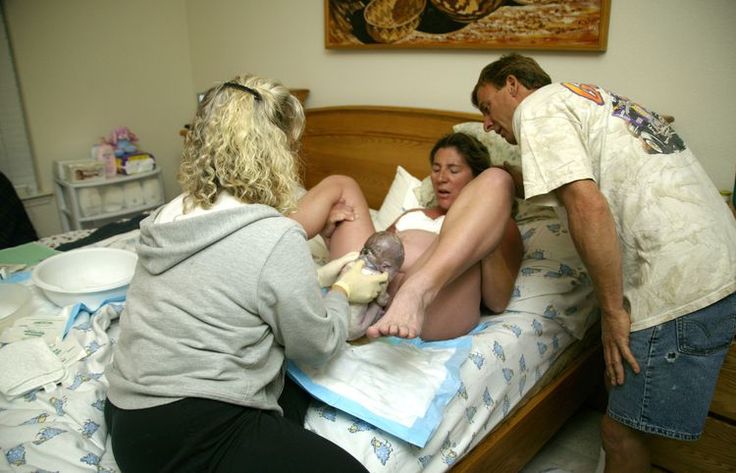 These situations include:
These situations include:
- Complications of pregnancy: miscarriage; threatened miscarriage with bloody discharge
- Abdominal injury during pregnancy (eg after a fall or car accident)
- Therapeutic and diagnostic interventions during pregnancy: amniocentesis, chorionic biopsy, cordocentesis
In these cases, additional administration of the drug may be required to protect the fetus.
Stage postpartum prophylaxis aims to protect your future pregnancy.
If the baby is found to be Rh-positive after delivery, the mother is given another injection of anti-D-immunoglobulin. The drug should be administered as soon as possible, no later than 72 hours after delivery. If the vaccination is given later, its effectiveness is reduced and you cannot be sure that you did everything that was necessary to protect your next baby.
Attention! Women should receive the same prophylaxis with anti-D-immunoglobulin if:
- a miscarriage occurred at 5-6 weeks of gestation or more
- an abortion was performed at 5-6 weeks of gestation or more
- an operation was performed for an ectopic pregnancy
pregnancy and your unborn child.
 nine0005
nine0005 



